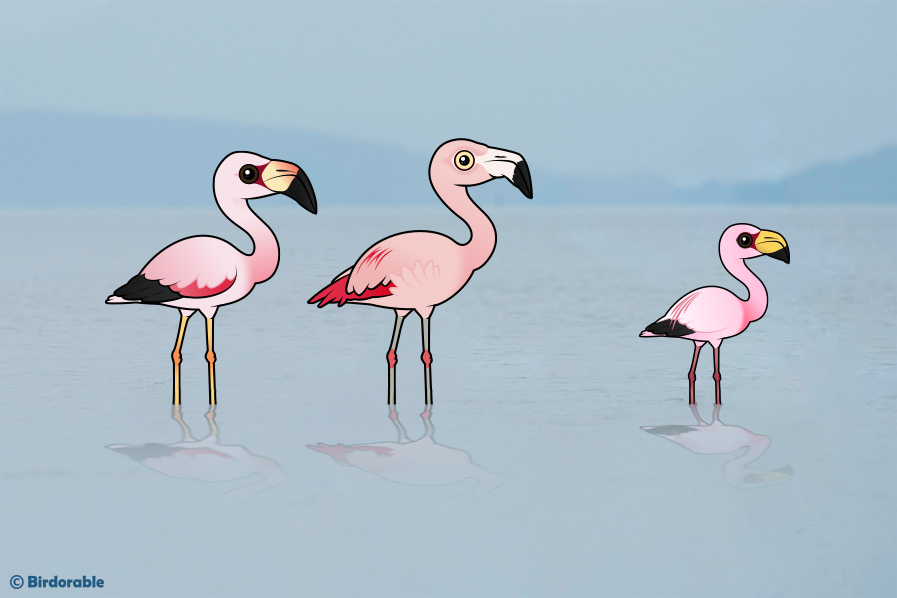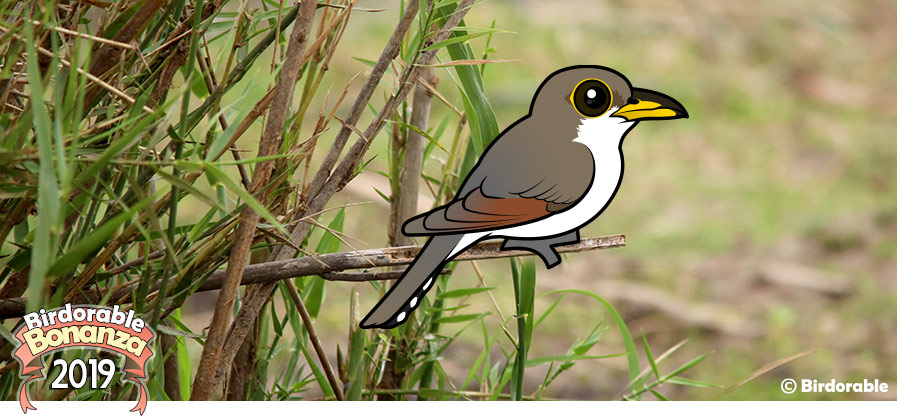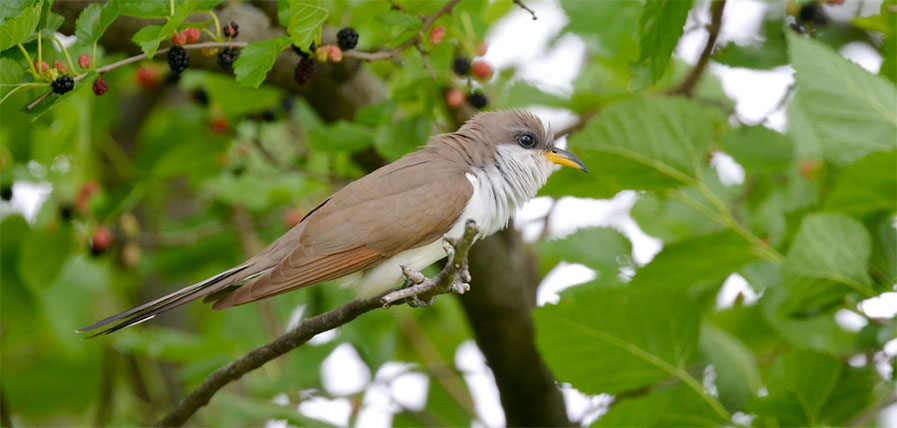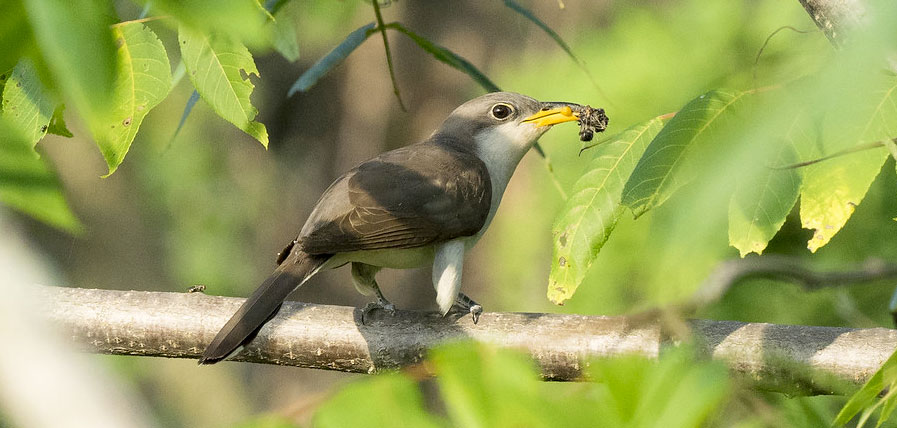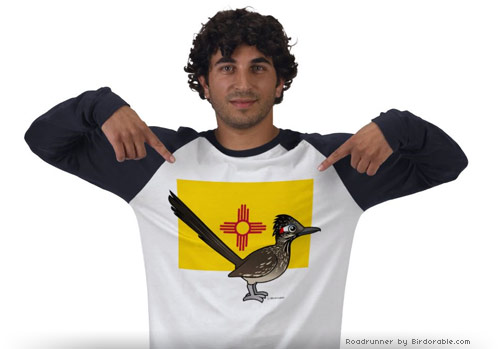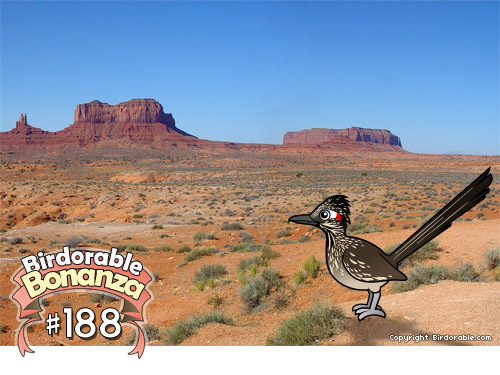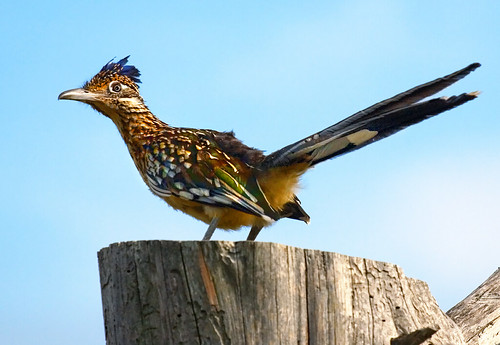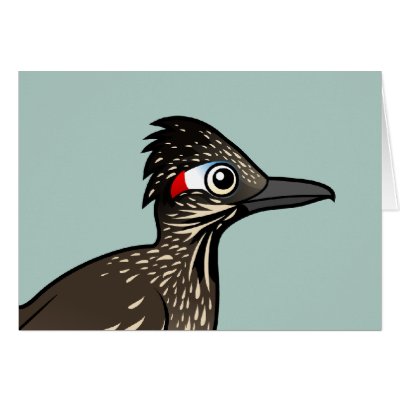Bird Term: Sympatry
Sympatry in Nature: When Species Share the Same Space
Today we'd like to discuss a term that describes two related species or populations that exist in the same area: sympatry. Sympatry can refer to almost any kind of species or populations, but for this discussion we will focus on examples that include birds.
Species that are sympatric live in the same habitat, encounter each other frequently, and may share breeding or feeding locations. Interbreeding between species may occur.
Three species of flamingo in South America are sympatric. The Andean Flamingo, Chilean Flamingo, and James's Flamingo can all be found across a similar range and are known to share nesting sites.
Sympatric species do not necessarily share resources in this mutually beneficial way. The Great Spotted Cuckoo and its parasitic host species the Eurasian Magie are also considered to be sympatric. Cuckoos are brood parasites to their neighbors the magpies.
Sympatry is one of four terms used to describe how species (or populations) relate to each other. Species that exist in adjacent locations are parapatric. Species that are separated can be either peripatric or allopatric.
